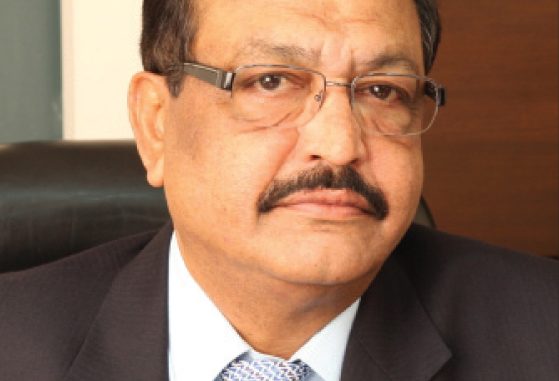
Policy efforts to revive the hydro segment are important to improve the outlook for the hydro equipment market, says Andritz Hydro’s managing director, Mahadevan Anand. Excerpts from a recent interview…
How was Andritz’s growth performance last year in India as well as globally?
Andritz has shown steady growth in India for the past couple of years. In spite of a complete slack in the power sector, we have managed to book some good orders from the Indian and the Southeast Asian markets. Looking at the orders anticipated in 2017, we are enhancing our capacity and increasing manpower. Globally too, there is a slump in the hydro markets, but the Andritz Group has outshined in the pulp and paper segment. It has also made important acquisitions in China. Further, slow markets and competitors that are aggressively reducing their costs force us to keep a close eye on maintaining our competitiveness. The acquisition of companies with complementary products has been the key to Andritz’s global success. In India, we are looking at expanding our state-of-the-art manufacturing units by increasing the bays. We are also open to acquisitions in India for specific products, though it is still very preliminary to talk about this. A key milestone was achieved in 2016 with the synchronising of all six units of the Teesta III hydro project in Sikkim, which added 1,200 MW to the national grid. Andritz is proud to be the core contractor for this important project.
What are the company’s growth plans for India? What will be its major focus areas for the next two to three years?
Andritz is planning to double its order intake in the coming one to two years by focusing on key markets. We are readying a workforce of over 1,500 skilled employees to achieve the ambitious growth plans. We will continue to focus on hydro and high capacity multi-purpose projects. Additionally, we are ready to increase our efforts in the air pollution control segment, which has just begun to take off in India. Looking at the Indian market in totality, we may bring in more products and technology in diversified areas. We are eagerly waiting for India’s beleaguered hydro sector to pick up. With the much-awaited Hydro Policy, which is expected in 2017, we hope to maintain our leading position in this space. The policy will bring much-needed relief to our clients, who have been intending to develop mega hydro projects. While Andritz has already contributed with supplies aggregating over 22,000 MW in India and Asia, we are focusing on clean, renewable energy, specifically in the hydropower domain.
What are the most promising emerging technologies for the hydro segment? What are some of the new solutions that Andritz plans to offer?
Global technology providers like Andritz invest huge amounts on research and development. We have developed technology in plant automation and turbine efficiencies, created a complete water-to-wire solution for hydro developers, and are the first foreign company to set up an advanced coating facility in India for underwater parts to increase plant life. Another critical area is the operations and maintenance of hydro plants. We are actively involved in this. We also undertake annual maintenance contracts limited to the powerhouse. Further, we have complete expertise in the service and rehabilitation of hydropower plants. Aside from this diversified portfolio, we have broad-based our manufacturing capacity to address the mini-hydro market by developing the capability to manufacture and supply turbines of 300 kW-800 MW unit size in India.
What are your expectations for hydropower equipment orders over the next few years?
While we are expecting the government to help revive the hydro market, foreign companies like Andritz, which are perfect examples of “Make in India”, are not allowed a free hand in bidding for projects through the government-to-government bilateral route. Preference is given to certain government-owned equipment suppliers, which nullifies the very purpose of Make in India. We are, however, hopeful that projects totalling 3,000-4,000 MW will be tendered in the coming years in the Indian market.
What is your outlook for the power sector in India for the next few years?
With the focus shifting to environmental concerns, coal is surely not the solution for the future. Renewable energy sources like solar and wind cannot alone meet the power demand. The only other alternative is hydropower, which is a clean energy source. Unless policymakers take cognisance of its importance, no big developments can take place. Solar power is picking up but the trending levellised tariffs could end in a bubble burst. We expect initiatives like the Ujwal Discom Assurance Yojana, Make in India, renewable purchase obligations, and hydro purchase obligations to aid in giving a greater thrust to India’s power sector.
